
Silent and deadly, Virginia-class submarines are the unsung heroes of naval warfare. These cutting-edge vessels are armed with the latest technology and are the epitome of stealth and strength.
From state-of-the-art sonar systems to advanced weaponry and surveillance capabilities, Virginia-class submarines are a force to be reckoned with. With nuclear propulsion for unparalleled speed and endurance, these underwater giants can remain submerged for extended periods. Hence, ready to strike at a moment’s notice.
The Virginia-class submarines are designed to excel in a wide range of missions. These capabilities include intelligence gathering to anti-submarine warfare and precision strikes. Advanced control systems and seamless integration of technology enable the U.S. Navy to maintain a powerful presence in the world’s oceans.
Discover how these incredible machines combine innovation, precision, and adaptability to deliver unrivaled performance in the depths of the ocean.
POC’s 2024 Army Summit joins elite U.S. Army leaders with commercial executives to discuss the Army’s current plans, goals and strategic programs designed to fortify the force of the future and ensure success in a rapidly evolving battlespace. Sign up to become a member here!
The history and development of Virginia-Class submarines
The Virginia-class submarines have come a long way since their inception. The program began in the 1990s as a replacement for the aging Los Angeles-class. The program’s aim was to create a new breed of underwater crafts. Vessels that would be quieter, faster, and more versatile than their predecessors.
This development was a collaborative effort between the U.S. Navy and a team of engineers and shipbuilders. The result was a revolutionary design, incorporating advanced technologies to enhance its capabilities.
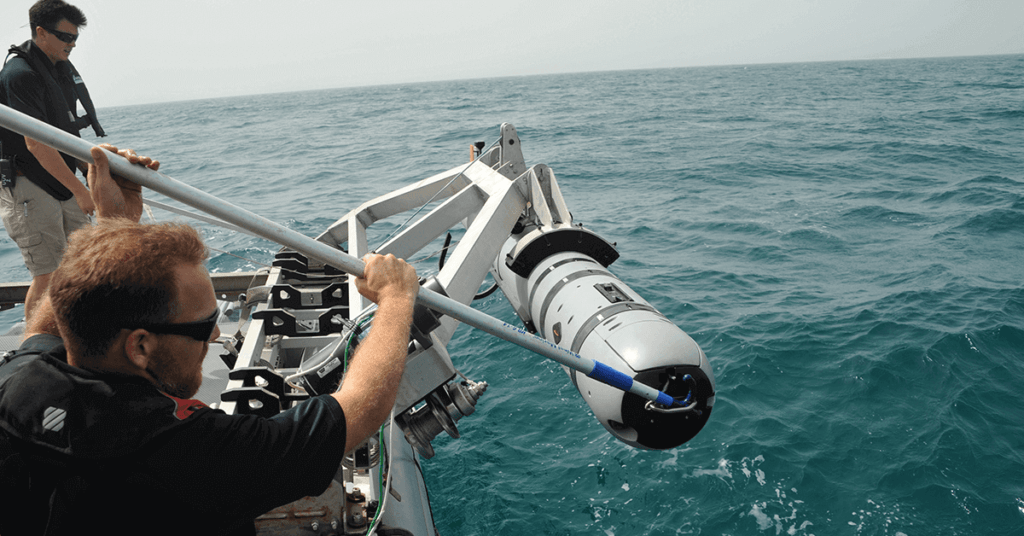
Virginia Payload Module Integration
One of the key milestones in the development of the Virginia-class submarines was the integration of the Virginia Payload Module (VPM). This module significantly increased the crafts’ strike capacity by adding four additional vertical launch system tubes, bringing the total to 40. This upgrade allows them to carry a wide range of weapons, including Tomahawk cruise missiles.
There have been incremental improvements in its technology and performance. The latest Block V subs are expected to be even more on the cutting-edge. May it be in the stealth capabilities department or improved systems for intelligence gathering and surveillance.
Key features and capabilities of Virginia-Class submarines
Virginia-class type deep sea vessels are designed to excel in a wide range of missions. Their adaptability and versatility make them a formidable force in the world’s oceans.
Let’s take a closer look at some of the key features and capabilities that set these submarines apart from the others.
Advanced propulsion systems
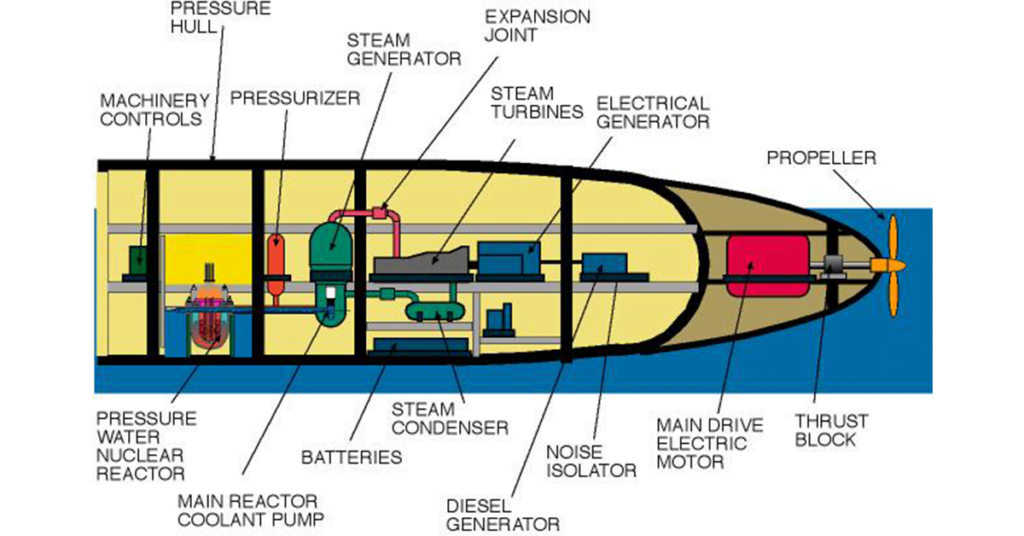
One of the most significant advancements in the Virginia-class submarines is their nuclear propulsion system. This system provides the vessels with unmatched speed and endurance. These will allow them to remain submerged for extended periods without the need to surface.
The submarines are powered by a nuclear reactor that generates heat, converting into mechanical energy to drive the propulsion system. This technology not only provides them with exceptional speed. It also eliminates the need for frequent refueling, making them more operationally efficient
Acoustic stealth technology
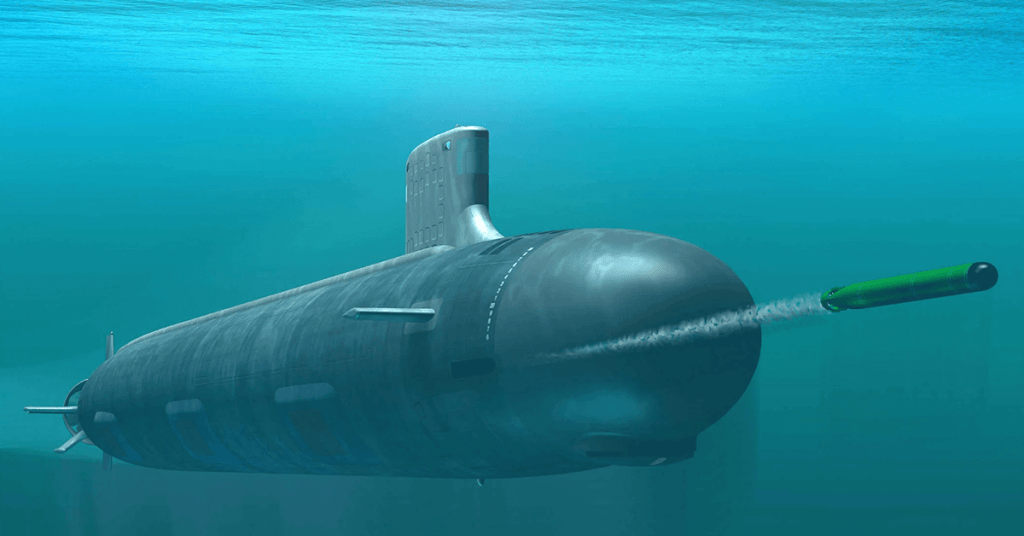
Stealth is a crucial aspect of submarine warfare, and the Virginia-class takes it to a whole new level. They are equipped with advanced acoustic stealth technology, thus, reducing their acoustic signature and making them harder to detect.
Acoustic stealth technology uses anechoic coating on the hull. This coating absorbs and scatters sonar signals that reduces the chances of detectability. Additionally, its innovative design feature minimizes noise generated by onboard systems, further enhancing their stealth capabilities.
Weapons and sensors on board
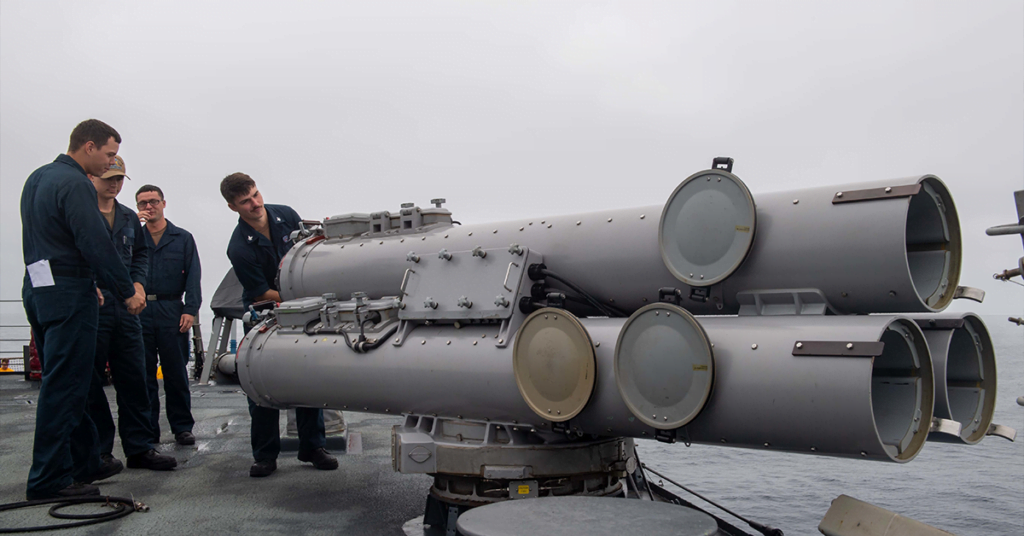
These nuclear-powered subs are armed with a formidable array of weapons and sensors. With torpedo tubes and vertical launch system tubes, they can launch a variety of weapons. It can be torpedoes, cruise missiles, unmanned underwater vehicles, or a combination of such.
In addition, they are fitted with advanced sensors and sonar systems. These systems enable detection and tracking of enemy subs, surface ships, and other underwater threats. These submarines can also gather intelligence and surveillance data, making them invaluable assets against potential adversaries.
Communication and navigation systems

Virginia-class submarines are equipped with state-of-the-art communication and navigation systems, These allow them to operate effectively in the depths of the ocean. These systems are essential for maintaining contact with other naval forces, coordinating operations, and ensuring the safety of the crew.
One of the key components of the communication system is the submarine’s advanced antenna, enabling the transmission and reception of signals. The antenna is designed to be stealthy, reducing the risk of detection by enemy forces. What’s more, the communication system includes secure encryption protocols to protect sensitive information.
In terms of navigation, a combination of technologies are in place that determine their vessel’s position and course. This includes GPS (Global Positioning System) for surface navigation and inertial navigation systems for underwater operations. Both systems work together to provide accurate and reliable positioning data, allowing the submarines to navigate with precision.
The integration of communication and navigation systems ensures seamless operations and enhances the effectiveness of these silent guardians of the sea.
Crew accommodations and living conditions
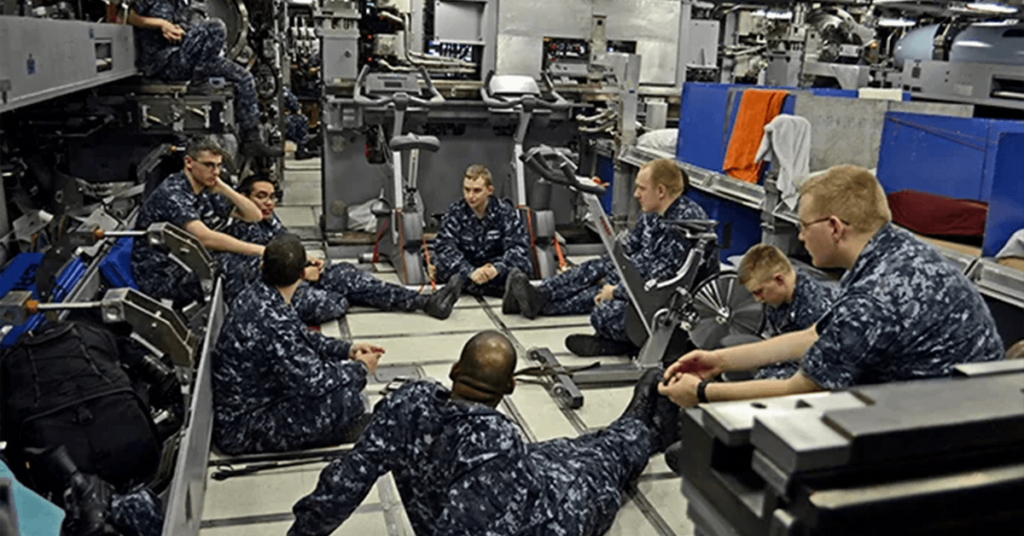
The crew is the heart and soul of any ocean-going vessel. To ensure their well-being and efficiency, these intelligent submersibles goes with modern and comfortable accommodations. There is paramount consideration for the unique challenges of living and working underwater.
Each crew member has their own personal space, which includes a bunk, storage facilities, and a workspace. These are designed to maximize comfort and utilize the limited space available. Also, the crew areas are equipped with climate control systems to maintain a suitable environment for the crew’s well-being.
Virginia-class submarines have dedicated areas for relaxation and recreation. Amenities include a gymnasium, a library, and a mess hall where the crew can unwind and socialize during their downtime. These facilities contribute to the crew’s morale and overall mental well-being during their extended periods at sea.
These stealth seacrafts are equipped with advanced life support systems to ensure the crew’s safety and comfort. These systems provide clean air, water, and waste management facilities, creating a self-sustaining environment for the crew. Moreover, they are designed to minimize noise and vibration, reducing the impact on the crew’s physical and mental health.
Future advancements and upgrades for Virginia-Class submarines

As technology continues to evolve, so does the potential for advancements and upgrades. The Navy constantly explores and heavily invests in new technologies and innovations to enhance the capabilities of these formidable vessels.
Needless to say, advancements in materials science and manufacturing techniques can lead to improvements in the submarine’s construction. Creating a lighter, stronger, and more efficient seacraft with increased capabilities and reduced maintenance requirements is always a possibility.
On top of that, there are ongoing efforts to incorporate unmanned underwater vehicles (UUVs) into Virginia-class submersibles. Thus, extending their reach and capabilities.
The U.S. Navy remains committed to ensuring that Virginia-class submarines remain at the forefront of naval technology. Through ongoing research and development, these vessels will continue to evolve and adapt to meet the ever-changing demands of modern warfare.

